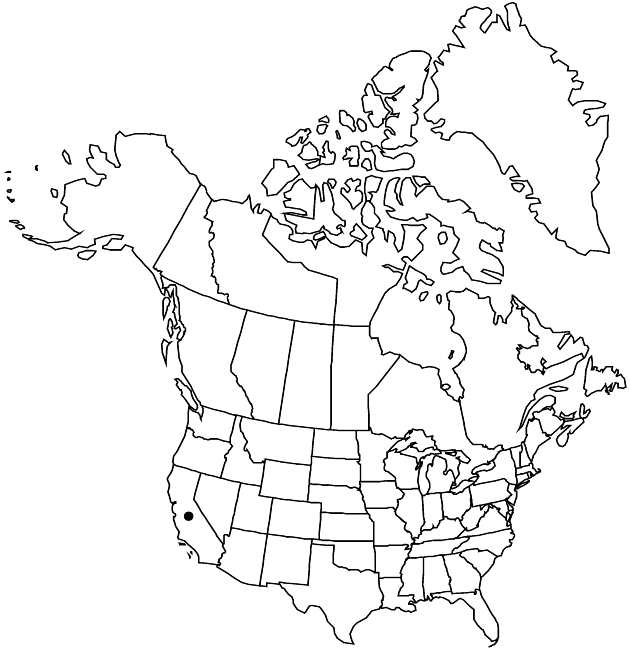Erigeron parishii
in A. Gray et al., Syn. Fl. N. Amer. 1(2): 212. 1884.
Perennials 7–35 cm; taprooted, caudex branches relatively short and thick. Stems erect (often silvery white), densely strigoso-villous, eglandular. Leaves basal (basal mostly withered or deciduous before flowering, not forming conspicuous tufts) and cauline (leaf-bases broadened or not, not thickened and whitish-indurate); blades linear to linear-oblanceolate, 30–60 × 1–4 mm, cauline abruptly reduced distally, margins entire, faces silvery-strigose, eglandular. Heads 1–5 (–10). Involucres 5–7 × 10–15 mm. Phyllaries in 3–4 series, glabrous or sparsely strigose proximally, minutely glandular. Ray-florets 30–55; corollas white or pink, 6–13 mm, laminae reflexing. Disc corollas 3.5–5 mm. Cypselae 1.8–2.2 mm, 4-nerved, faces sparsely strigose to pilose; pappi: outer of setae or conspicuous scales, inner of 18–26 bristles.
Phenology: Flowering May–Jun(–Aug).
Habitat: Washes on canyon bottoms, loose alluvial deposits on adjacent benches, dry calcareous (primarily limestone) slopes, less commonly in granitic areas, desert scrub, pinyon-juniper
Elevation: 800–2000 m
Discussion
Of conservation concern.
Selected References
None.
